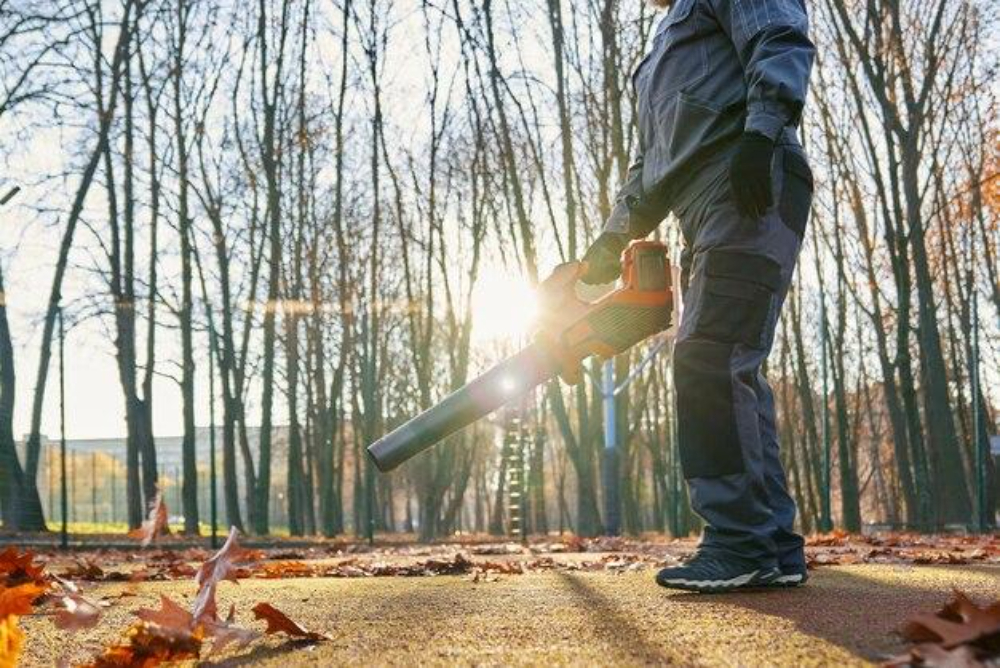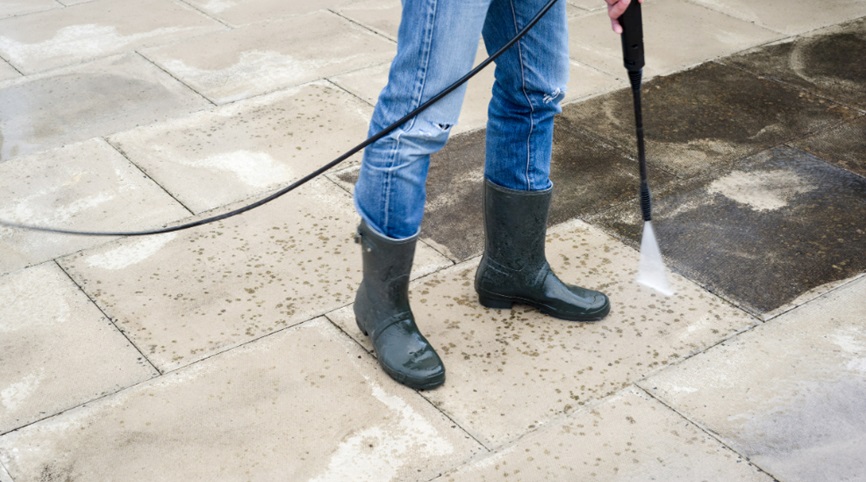Making an Informed Decision: Top Considerations Before Cutting Down Trees

Trees are majestic additions to our properties, offering shade, privacy, and a connection to nature. However, there may come a time when a beloved tree poses a safety hazard or needs to be removed for other reasons. Making the decision to remove a tree shouldn’t be taken lightly.
Here are some key considerations to guide you through this process:
Assessing Tree Health:
The first step is to determine the health of the tree in question. Look for signs of disease, such as discolored leaves, fungus growth at the base, or unusual insect activity. Dead or dying branches are another cause for concern.
Consulting with a certified arborist can provide a professional assessment and identify potential problems.
An arborist can prescribe a treatment plan that will restore the tree’s health and prevent the need for tree removal if the tree is salvageable with proper care.
Evaluating Safety Risks:
A crucial factor to consider is the potential safety hazard posed by the tree. Are there dead or diseased branches that could fall and cause damage to property or injure someone?
Has the tree suffered storm damage that could compromise its structural integrity? Is the tree leaning precariously close to your home or power lines?
If the risk of falling branches or a collapsing tree is significant, removing the tree becomes the most responsible course of action.
Understanding Local Regulations:
Before proceeding with cutting down a tree, familiarize yourself with any local ordinances or regulations that may apply. Certain municipalities may require permits for tree removal, especially for trees exceeding a specific size or protected species.
Following proper procedures ensures you’re in compliance with local laws and avoids any potential fines or penalties.
Considering Alternatives to Removal:
In order to avoid the need for tree removal in the future, explore alternatives whenever possible. If the issue is overgrown branches, professional pruning can significantly improve the tree’s health and appearance while addressing any safety concerns.
For healthy trees that simply need to be relocated, tree transplanting services may be a viable option, depending on the size and species of the tree. Exhausting all alternatives before resorting to tree removal ensures you’re making the most environmentally responsible decision.
Hiring a Reputable Extracting Trees Company:
It is extremely important to select an experienced and qualified company if tree removal becomes necessary. Look for companies that employ certified arborists on staff who can assess the situation and recommend the safest and most efficient removal method.
Ensure the company is properly insured and has a proven track record of safety and customer satisfaction. Inquire about their disposal methods for removed trees and inquire if they offer stump grinding services, which is often an essential part of the overall clearing process.
Final Words
By carefully considering these factors and seeking professional advice when necessary, you can make an informed decision about tree removal on your property. Remember, the goal is to prioritize both the health and safety of your surroundings while minimizing the impact on your landscape.
Hemant Kumar is a project manager at Tridindia with more than nine years of commendable experience in writing about LMS, translation, and IT. His unmatched talent and passion for digital marketing gave him the opportunity to work as a multi-tasking project manager at TridIndia’s sister company, Link Building Corp. Today, he contributes to the world by imparting knowledge on SEO, link building and internet marketing etc., that helps business owners grow their online business.







